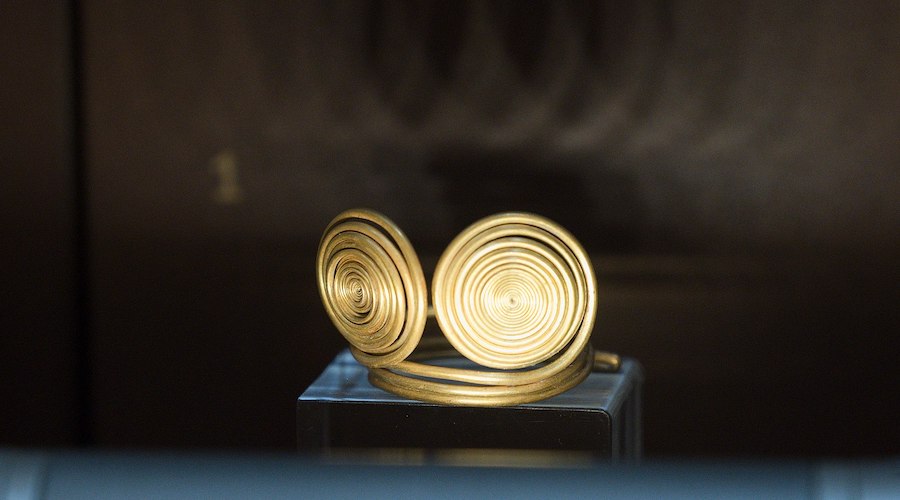
US-based researchers have replicated the ancient process of goldbeating at the nanoscale to compress tiny gold ingots into 2D leaf forms.
Goldbeating is an age-old craft pioneered by ancient Egyptian artisans more than five millennia ago. It involves the meticulous thinning of bulk gold into gossamer-like leaves. Throughout history, the process has allowed humans to embellish art and adornments across cultures, including masterpieces such as the tombs of Thebes and Saqqara.
Nowadays, nanoscale gold is used not only for decorating fancy desserts but is indispensable for modern applications ranging from microelectronics to nanomedicine.
“We were intrigued by the idea of borrowing ancient craft for modern nanomanufacturing processes,” Michael Cai Wang, co-author of the PNAS Nexus paper that presents the recent development and a professor at the University of South Florida, said in a media statement.
“The ability to fabricate 2D thin films from nanoparticles opens up new frontiers in nanotechnology and materials science, as we further pursue green ways to engineer gold at USF.”
According to Wang and his colleagues, the understanding gained from this study can lead to the development of a broad palette of nanocrystals and nanometals, paving the way for exciting future applications in renewable energy, quantum computing, and nanomedicine.
“The inception of this solid-state 2D transformation technique is merely the starting point. Its versatility extends beyond gold, making it applicable to a diverse array of materials,” Md Rubayat-E Tanjil, first author of the paper, said.
“As we share our findings with the scientific community, we eagerly anticipate advancing our understanding of nanoscale metallic deformation and unveiling new science.”
The study revealed that the induced 2D morphologies of the gold leaves were dependent on various factors, including the precursor nanoparticles’ original shape, size, and ordering before their compression. Because of the malleability of gold, this nanomanufacturing technique has the potential to precisely control the 2D gold leaf’s shape, lateral size, and thickness, opening up new avenues in diverse applications.
In the researchers’ view, with the convergence of ancient artistry and nanotechnology, this study not only expands our understanding of nanoscale materials but also showcases the timeless appeal of gold and its significance in shaping humanity’s past, present, and future.